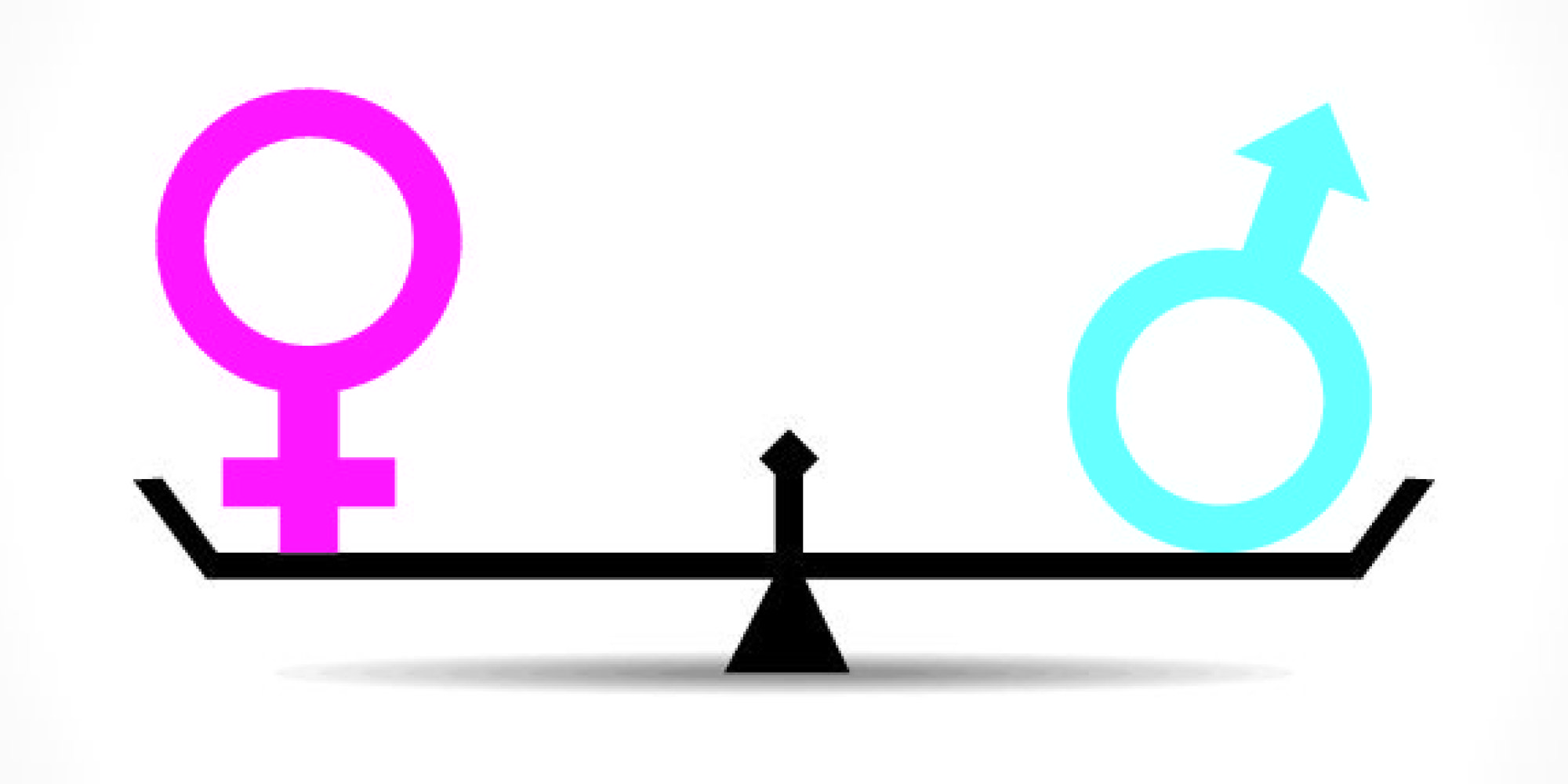Sheatwork takes a look at the equality factor, on Women’s Equality Day – August 26
Equality has come to the forefront, with the question of “Öne India One law” that’s creating headlines today. Even with the triple talaq verdict, our PM Modi pointed out that the SC order granted equality. And, what could be more appropriate than to dwell on this topic, on World Equality Day!
Tracing the history of Women’s Equality Day, it was on August 26, 1920 that United States granted its women the right to vote. This day also highlights the equality of women both politically as well as socially. This right to vote was passed in the 19th Amendment to United States Constitution, though the amendment was introduced many years before in 1878. The President of US has been observing this day as Women’s Equality Day since the year 1972 and the resolution was passed in 1971.
Securing a woman’s right to vote is a part of civil rights movement led by women which began formally in 1848. Women were recognised as second class citizens earlier, which was highly deplorable. The movement was first started in world’s first women’s right convention, in New York.
An important day in the history of human rights
This day is important in the history of ‘Human Rights’ not only because it recognises women as first-class citizen but also gives equal status to women with men. The world celebrated Women’s Equality Day on 26th of August to recognize equal rights of women in all sectors.
For the progress of the country, it is important that women should be treated equally. Evidently, countries which are developed provide equal rights to women, and they contribute equally alongside with men – in efficient functioning and development of their country. Since women constitute 50% of the population, they need to be progressive. When women take active part in the economy, the country’s economy gets a boost. Women should enjoy equal status in workplaces, libraries, organizations and public facilities too.
Entrepreneurship and gender equality
Entrepreneurship is a key factor affecting the economy of a country and development of women entrepreneurship is important, especially since half of the country’s population is constituted by women. Gender equality plays an important part in development of women entrepreneurship. Gender-related development includes inclusion of schemes and policies laid by the Government to support women and these schemes and policies encourage women to take up their own business ventures. They can enjoy loan with less interest, Government provides training through various national institutions, and Government also assist them in getting investors for their business.
Organisations working towards gender equality
1. International Labour Organisation (ILO)
The organisation runs a project named Women Entrepreneurship Development and Gender Equality (WEDGE) which promotes women’s entrepreneurship and assists women business owners to create employment opportunities, and achieve empowerment and gender equality. The project also works towards poverty reduction.
http://www.ilo.org/asia/projects/WCMS_099683/lang–en/index.htm
2. United Nations Organisations
It promotes women entrepreneurship and gender equality around the world. UN’s other organisations like United Nation’s Industrial Development Organisation (UNIDO) also transmits the importance of gender equality and women’s empowerment around the world. UNIDO believes that “Educating and investing in women and girls has a multiplier effect on productivity, efficiency and economic growth.”
https://www.unido.org/gender.html
Other UN organisations like UN women have taken out a report for 2016-2017 which clearly depicts the importance gender equality and women empowerment at the global level.
http://annualreport.unwomen.org/en/2017
3. World Bank
World Bank promotes gender equality. World Bank believes that no country, community or economy can achieve its potential or meet the challenges of the 21st century without full and equal participation of women and men, girls and boys. It works for poverty reduction and sustainable economic growth.










